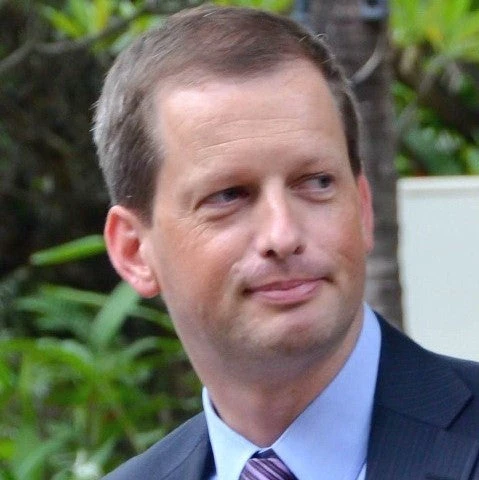 |
There’s an extensive literature on dam resettlement, and according to much of this, the track record on rebuilding sustainable livelihoods is not great. For those interested, an excellent starting point is “The Future of Large Dams” by Ted Scudder. Ted has spent 50 years or so studying dams and resettlement, and has been on Nam Theun 2’s (NT2) external Panel of Experts since the early days of project preparation.
The broad reasons behind poor results in dam-related resettlement are intuitive: dams often require the resettlement of entire communities (rather than, for example, the resettlement of specific households to make way for a road), and dams may also significantly impact on existing livelihood opportunities, by, for example, flooding agricultural areas.
The challenge of post relocation livelihoods was on everyone’s minds when the project design was finalized, and the approach agreed to was essentially threefold:
- Establish specific and ambitious socioeconomic targets within the Concession Agreement (787kb pdf), and let the Nam Theun 2 Power Company (NTPC) be accountable for achieving them over 5 years;
- Provide a variety of livelihood support and community development activities to help resettled people build new livelihoods;
- Invest in strong socioeconomic monitoring systems to track progress and ultimately measure the compliance with targets.
Since it’s been at least a year and a half since everyone was physically resettled, and the project is now approaching commercial operations, it’s a good time to be taking a step back and look at the emerging trends.
 |
| New agriculture near Draw Down zone areas at Nakai Plateau. (WB photo) |
The World Bank team is supporting the Nam Theun Power Company to analyze data from a number of sources, including the Living Standards Measurement Survey (LSMS). The LSMS sample includes around a quarter of the 6,200 people resettled by the project, with vulnerable people deliberately oversampled. There have been five rounds of the survey to date, the first in August 2006 (prior to any significant resettlement, but some years after the formal baseline work) and the last in June 2009, over a year after the last households were resettled.
For those not familiar with them, LSMS surveys are not for the faint-hearted. For a household with a relatively simple livelihood—such as two adults, one of whom works as a civil servant with a set monthly wage—the NT2 survey takes around 3 hours to complete. But most households on Nakai have a much more complex and diversified set of livelihoods: a bit of fishing, a bit of farming, a bit of NTFP (non timber forest products) collection, and perhaps some trading here and there. For these households the survey can take up to a day and a half to complete. Hopefully those interviewed for hours on end might draw some small comfort from the fact that the analysis process is even more painful, involving months of data entry (independent triple-blind entry in the NT2 case), data cleaning (someone probably didn’t actually sell thousands of buffalo in a week), and analysis.
 |
| Broadly speaking the data is collected at the household level: House in one of the resettled villages in Nakai (WB photo) |
Broadly speaking the data is collected at the household level. It’s a rich and fascinating set of data, and is allowing the project developers, government, and oversight and monitoring agencies—including the World Bank—to get a much richer understanding of how the resettlers have coped over the last few years. A couple of weeks ago we presented some of this analysis to the external Panel of Experts, and now we are working to make some of this data public.
It’s still early days in both the livelihoods support effort, as well as the analysis of all the data, so don’t expect any final conclusions. But we can now offer a reasonable answer to the question I started with: How are resettled people doing? In the coming weeks I’m asking Nina, our resident data wizard, to address this question.


Join the Conversation